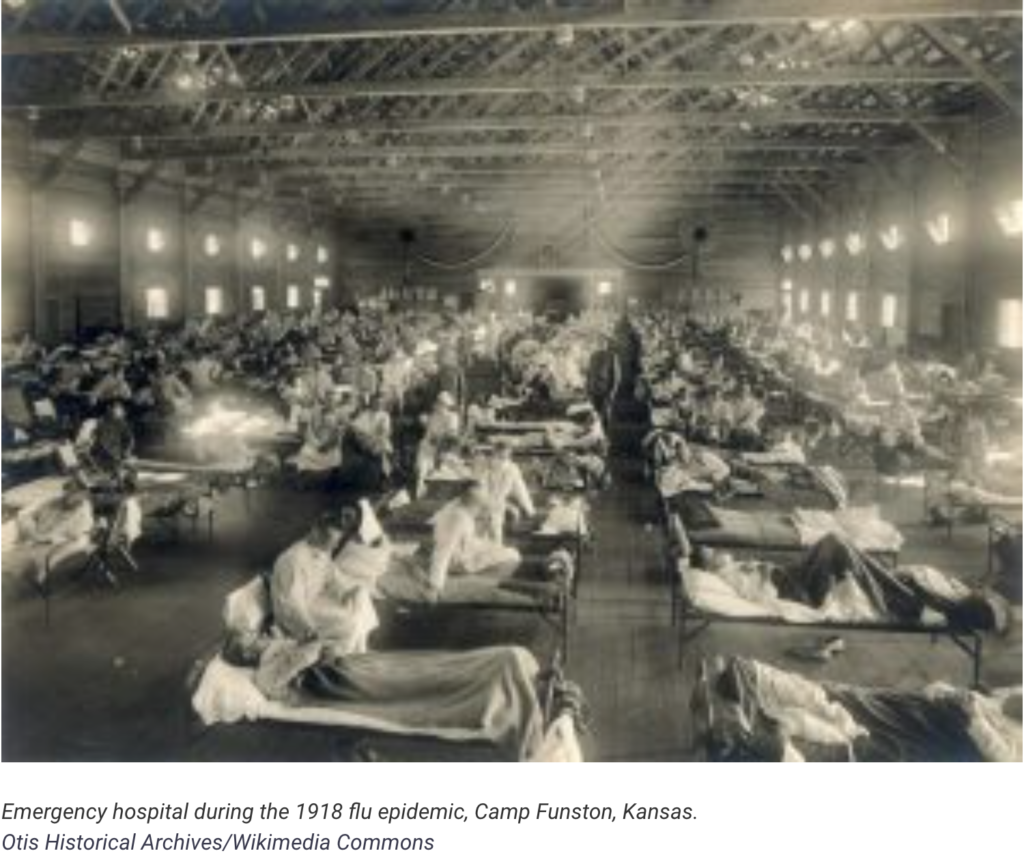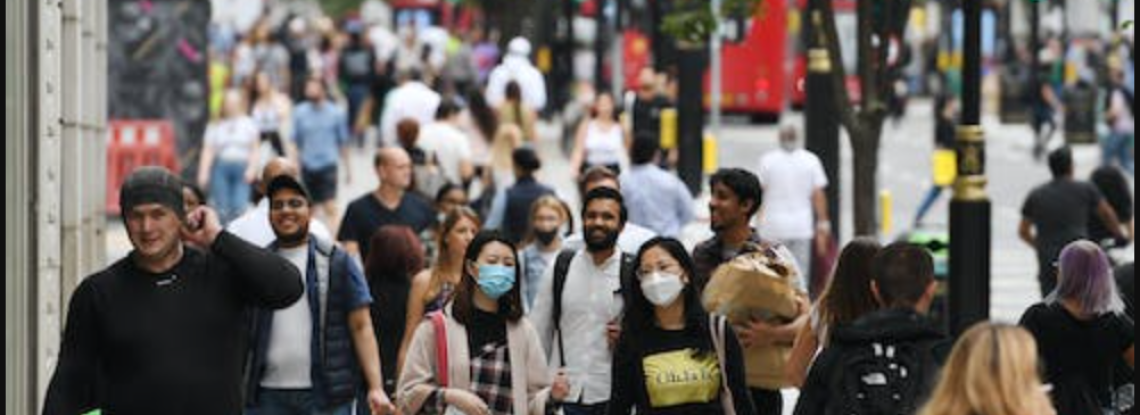Lockdown is easing. People are returning to work and shops are lifting their shutters. But we don’t have a vaccine and we’re a long way from achieving herd immunity – so this new-found freedom is tainted with fear: fear of a second wave of infections.
Indeed, people are already talking about a “second wave” hitting China and Iran. But the concept of a second wave is flawed and creates dangerous misconceptions about the pandemic.
The idea of a second wave stems from the flawed comparison with the seasonality of the flu virus.
Early in the pandemic, many experts discussed the similarities between SARS-CoV-2 and influenza virus. They are both viruses that cause respiratory infections – mostly mild. Influenza is also the cause of most recent previous pandemics. From these similarities, it was tempting to assume that COVID-19 would behave similarly to a flu pandemic. Yet these are very different viruses with very different behaviour.
COVID-19 has a far greater fatality rate compared with the flu, along with a much higher rate of hospitalisations and severe infection. Also, influenza is a seasonal virus. Every year we see cases of the flu begin in early autumn, increase over the winter and then wind down as we approach summer. This repeats yearly, and so if a new strain of flu emerges we would probably have a first wave of infections during winter-spring, then the virus would come back in a second wave in autumn-winter the following year.
The most severe pandemic ever recorded was the so-called Spanish flu pandemic. During this pandemic, the virus infected the northern hemisphere during the spring of 1918, died down some during the summer of 1918 and then came back in greater force in the autumn of 1918. It is tempting to speculate that COVID-19 will decline or disappear during the summer, only to reappear as the weather gets colder. But we don’t know if COVID-19 is a seasonal virus.

The flu has lower transmission in the summer because the combination of higher humidity, increased UV light and people spending less time inside, close to each other. Some of these factors might also affect COVID-19, but we really don’t know to what extent.
Even if seasonal factors affect COVID-19 transmission, the spread of a new virus through a population that has no immunity will overwhelm any influence of seasonal factors. The 2009 swine flu pandemic virus and the 1918 pandemic virus were new viruses that people had no immunity to. As a result, the virus did not go away in the summer, though transmission was somewhat reduced. So we cannot expect that COVID-19 will behave as a seasonal virus and diminish over the summer only to return with a second wave in the autumn.
The first wave hasn’t ended
Aside from seasonality, there is another reason the idea of a second wave is flawed. The concept of a second wave implies that it is something inevitable, something intrinsic to how the virus behaves. It goes away for a bit, then comes back with a vengeance. But this idea fails to take into account the importance of ongoing preventative actions and portrays us as helpless and at the whim of this pathogen.
We are not between waves. We have new cases in the UK every day. We are in an ebb and flow of COVID-19 transmission that is continually affected by our precautionary actions.
Letting up on precautions will lead to an increase in cases. This is the new normal and what to expect until we have an effective vaccine with significant population uptake. Until then we have to depend on our actions to keep cases low – both now and in autumn.
The concept of a second wave portrays the pandemic as a force of nature that is beyond our control. But we have evidence from many countries that a strong public health system (consisting of widespread testing, contact tracing, isolation and health support) combined with public participation in safe behaviour (wearing face coverings, keeping physical distance, hand washing) is highly effective at minimising COVID-19 transmission.
We are not at the mercy of the virus, now or in the future. This is hopeful news, but it puts the burden of responsibility on all of us. We must keep fighting, but in doing so we should not fear an inevitable second wave.![]()
Jeremy Rossman, Honorary Senior Lecturer in Virology and President of Research-Aid Networks, University of Kent. This article is republished from The Conversation under a Creative Commons license. Read the original article.


